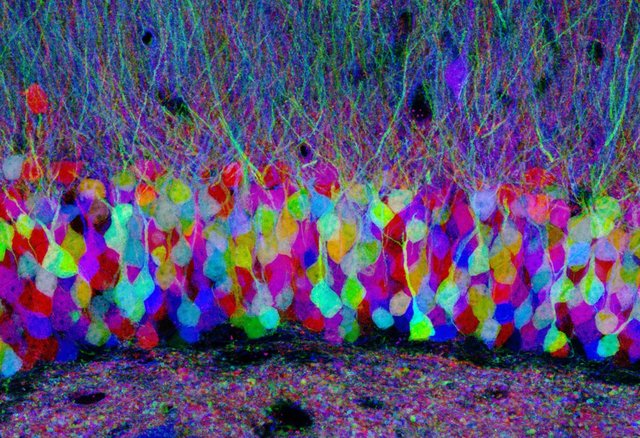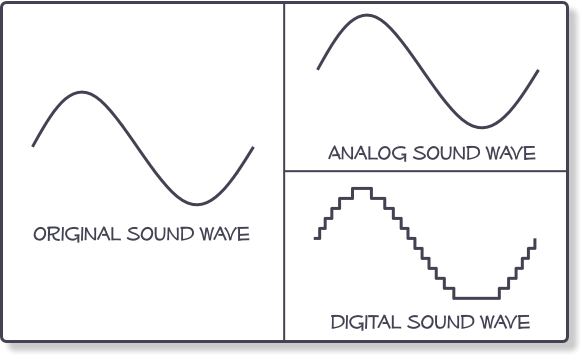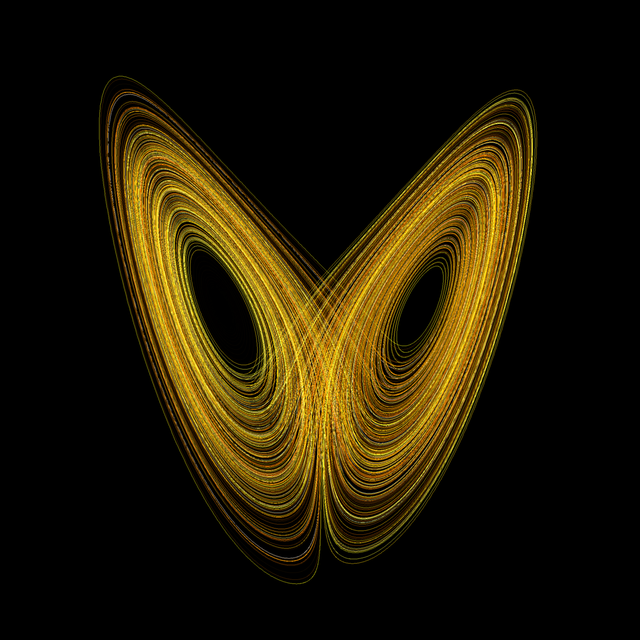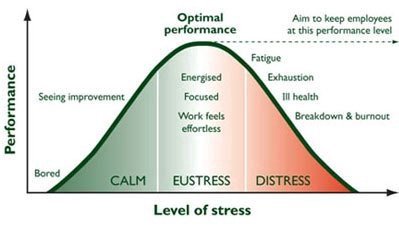How brain differs from a computer? Part 1: Analog vs Digital is important for emotions
The brain is the only known source of intelligence. At least for now… Have you ever wondered in which way existing computers differ from the brain in their architecture? With humanity trying to understand how to build strong artificial intelligence, shall we take more samples from nature and from the only existing intelligence known to us? Here at BICA Labs, we strongly believe that we shall. BICA stands for “biologically-inspired cognitive architectures”, and it is our passion to take samples from nature and find how they can be applied for building artificial cognition. So let’s start our journey: with this publication, we open a series of articles on how brain differs from computers.

The brain is composed of neurons. Most of the modern successful artificial intelligence models use the concept of “artificial neuron” to build their own “neural networks”. This naming is not a coincidence: real progress with AI algorithms has happened only after McCulloch & Pitts introduced the concept of artificial neuron back in 1943, and they had drawn their inspiration from biological neurons.
These artificial neurons are still being used in many successful deep learning developments, including the AlphaGo system which won in Go game. However, McCulloch neurons are extremely simplified samples of biological neuron — and artificial neural networks have little in common with complexity of the brain itself. There is a high probability that the gap between specialized AI and strong, human-level AI can be bridged only if we go deeper into replicating real brain and neuronal properties into our computing machines, both on the software and on the hardware level. So let’s dive into how the brain is different from a modern computer.
Part 1. Analog vs Digital and why its important for emotions
Digital age shall pass

First, and foremost: a brain is an analog machine. “Oh, so outdated! We moved to the digital age more than a decade ago!” — might say some digital nerds :) But our analog technologies of the past century were much, much less advanced than the least analog part of our brain. Under such circumstances digitalization allowed unprecedented increase in quality, reliability and speed of computer communications. If so, why we need to go back into the analog age? No, not back, but forward: progress has the form of spiral, and its new coil shall add on top of digital quality, reliability and speed… the ability to use emotions! Yep, the thing that distinguishes humans from machines to the most extent: our emotions. A growing body of evidence suggests that the source for emotions lies in … chaos, noise in neural networks. And not only for emotions, but probably for intuition, eurekas and insights – thus, for talent and genius. So, with precise digital machines, we are leaving all these things out.
Chaos and noise feed the brain
At BICA Labs we were collaborators on some research in this field, and may testify that the real root for complexity and adaptability is hidden in chaotic behavior of dynamic systems. Dynamic systems are those that have recurrence: their state depends on their previous state. Recurrence is a basic quality of neural networks in the brain, as well as a tool for making artificial neural networks more efficient, grant them memory etc. A dynamic system can be characterized with strange attractor — phase space trajectory of its evolution. You have certainly heard about the Lorenz butterfly (pictured on the side): it is a classical sample of strange attractors.

What makes this attractor so strange is that tiny changes in the initial state lead to a completely different result with time: unpredictable results. Thus, if our brain neural networks are subjected to randomness/noise, this can affect our decisions in unpredictable direction … and it certainly does with emotions!
Damn you, my loving one!
One might say that emotions are unnecessary, they are an atavism from animal’s ancestry of humankind. But wait, evolution has selected species of animals that are capable of strong emotional behavior and has created many, many brain structures and circuits especially for enabling emotions! Was it wrong?
Probably not: first, emotions are evolutionary-created mechanism for making decisions under the lack of knowledge or information. Under conditions of insufficient information for rational behavior it’s still better to do something than to wait and do nothing — and here emotions are coming to help.
Second, emotions enable very efficient feedback for memory formation and neural networks learning (we will touch that in more details when will discuss learning algorithms in the brain and artificial networks).

Third, they are tightly coupled with adaptation and natural selection, being involved in both positive selection and elimination. This works via distress and eustress mechanics, with eustress (positive emotions) enabling faster restoration and memory formation. Thus, machines will have to learn to make love, drink small amounts of alcohol and eat chocolate: these are main sources for brain eustress! — Joking, machines may not do all those things, but they certainly would need emotions to improve their ability to adapt, survive and learn. Even distress, frequently invoked by seizing negative emotional reactions and feelings of being incapable to reach goals/desires/comfort — even such distress is important, since evolutionary it allowed negative selection of those individuals who were unable to progress and exceed their own boundaries. One who knows a bit about machine learning can easily imagine how it could be important for genetic algorithms!
Fourth, as you probably have guessed from the third, emotions boost our brain and organism under acute stress, helping to survive hard times. They burn and combust our psyche and body for short periods of time in order to get the maximum from it — and without them, we’ll be just a lazy slowly-thinking invertebrata.
So, emotions are important, and they require injection of noise and randomness into the purity of digital computing, which will certainly lead to the invention of some new “analog computing 2.0” paradigm.
nbsp;
to be continued with other 7 parts…
Meanwhile, why not visit our new labs website, check our research or even support it with a funding? :)
Your brain does not process information, retrieve knowledge or store memories. In short: your brain is not a computer
"What is Thinking?"~Jiddu Krishnamurti